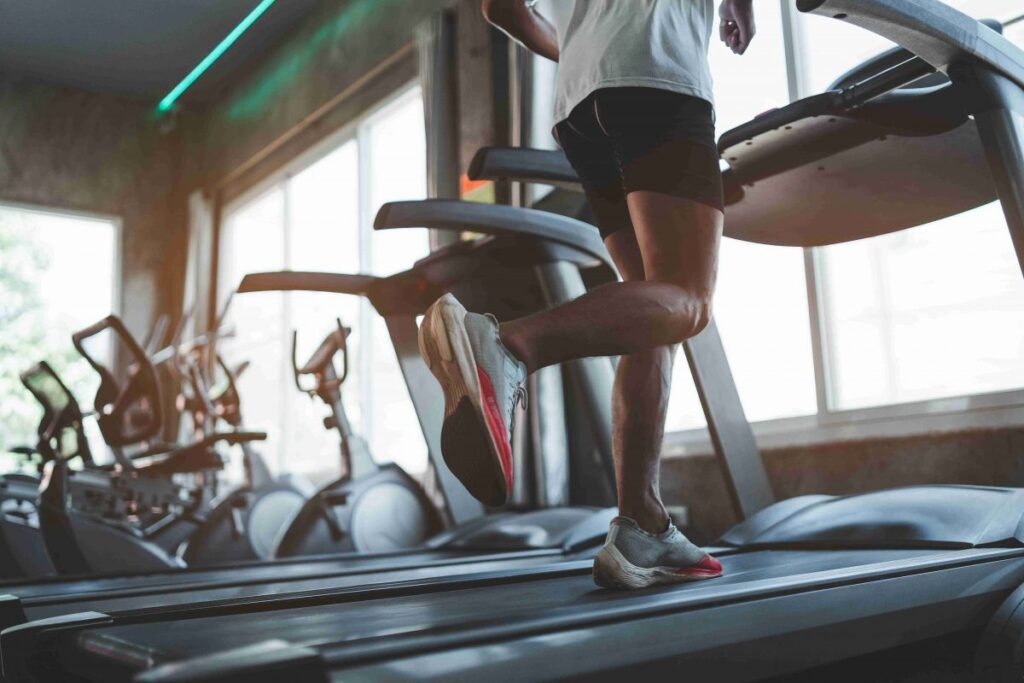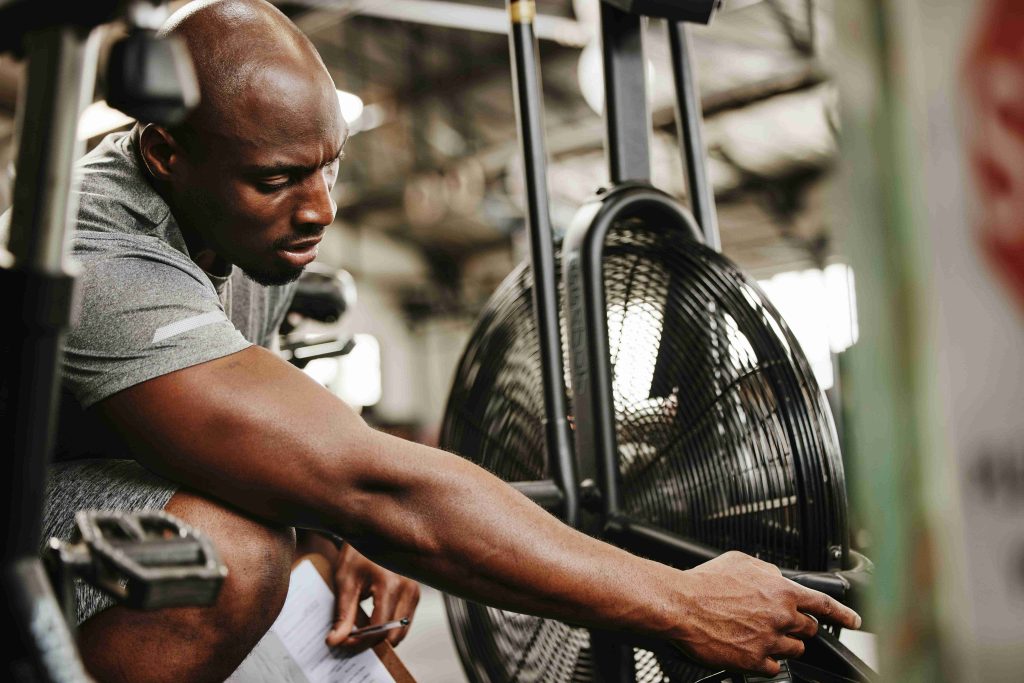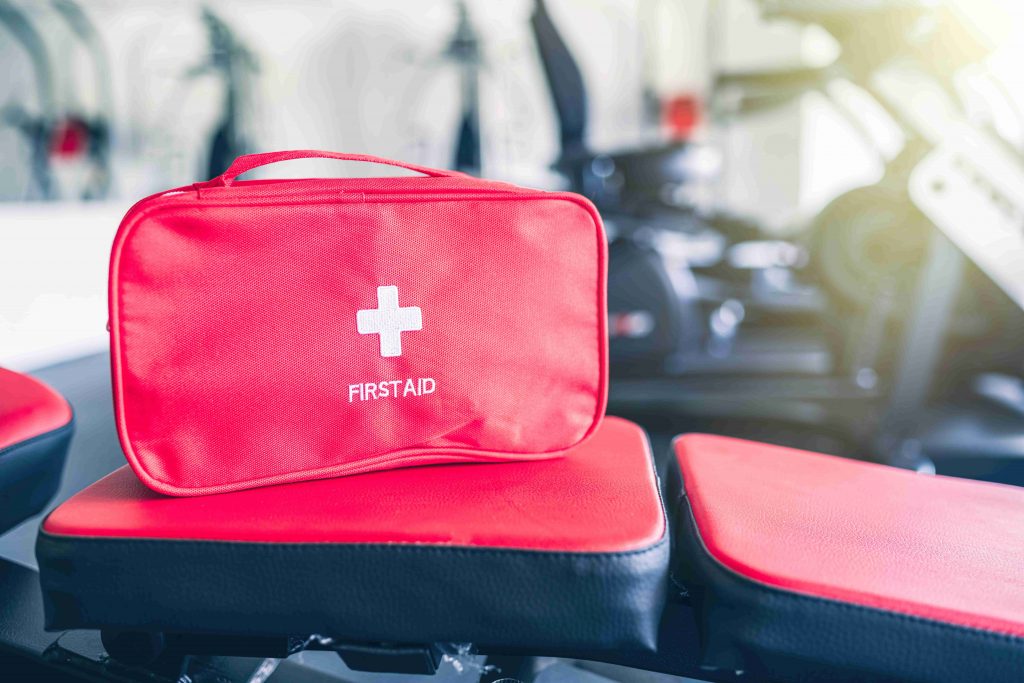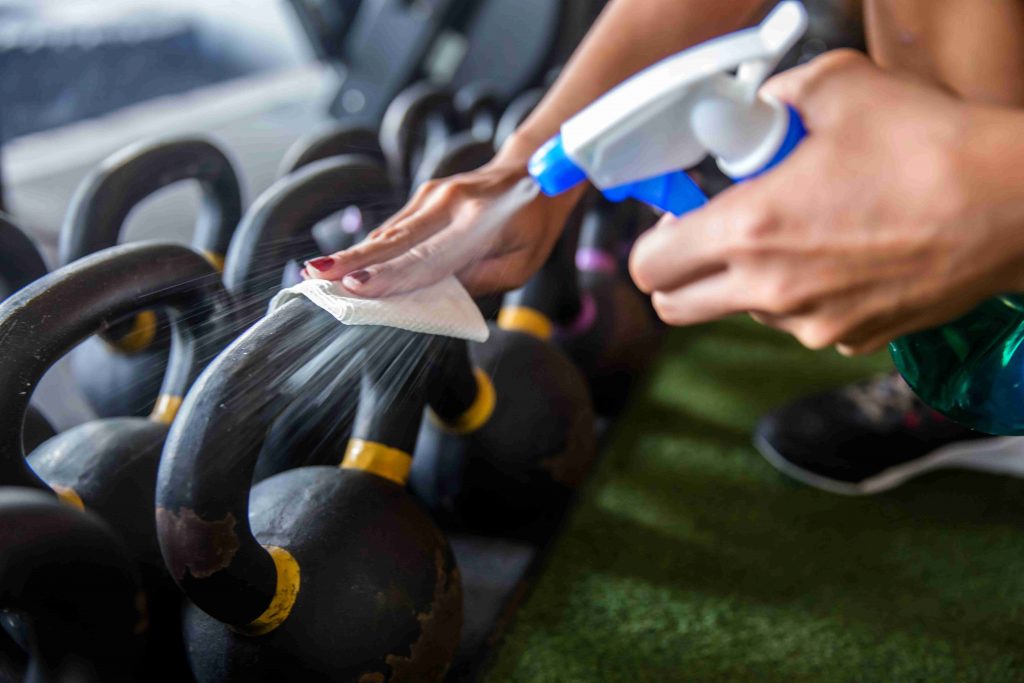Gym health & safety | How to conduct a gym risk assessment

As a gym owner, it’s vital that you prioritise your clients’ health and safety while they use your facilities to reduce the risk of accidents.
As a business, you are also legally required to carry out risk assessments to ensure the safety of those you employ and your customers. In this blog, we’ll take you through a gym risk assessment step-by-step and provide some general health and safety tips to consider when running a gym.
How to carry out a gym risk assessment
1. Identify all potential hazards in the gym
Before training clients, you need to make a list of hazards within your working space – so anything that has the potential to cause harm to an individual or property. This can include:
Surfaces: Check the surface you’re working on is even and unlikely to cause injury.Check the ground for signs of water, liquids or other hazards that might cause slips, trips and fallsExercise equipment: Every piece of equipment should be in good working condition and properly maintained.Exercise training programme/workouts: List the exercises you’re teaching, and the potential hazards and injuries associated with each exercise based on the muscle group(s) it targets.Space: Ensure you have adequate space to demonstrate your exercises.Temperature: make sure the space you are using is at an adequate temperature for your clients to be comfortable.
2. Decide who is at risk
Once you’ve pinpointed all the hazards in your workout area, you need to consider who is most at risk of being harmed and how. When considering who might be at risk, you need to consider factors such as:
The age of participantsThe physical abilities of participants, taking into account any existing medical conditions, injuries or disabilitiesIf they are taking medication, ensure you assess any risks as part of the induction processThe likely limitations of each participantThe knowledge and skills the participants might have related to the activities
These are all factors you need to consider in determining the level of risk to each person and how to plan your sessions accordingly. If you have personal training clients, it’s also a good idea to carry out a screening before you begin working with them to find out these details.
3. Assess the risks and take action
This is undoubtedly the most important step of your gym risk assessment. Just recording the hazards in your working space doesn’t leave your clients any less at risk – you also need to take the necessary action to eradicate these hazards.
Some examples of how you could mitigate risks include:
If you have wires lying across the floor to connect your work-out machines to a power source, you can eliminate it by installing cable protector covers.If you’ve finished a class and there’s equipment lying around, make sure you store it all away safely to avoid someone tripping over it and hurting themselves.
Although this might seem like common sense, you’d be amazed at how many personal trainers or gym owners are on the receiving end of claims because of not taking preventative action. If you work at a leisure centre that offers sports coaching to it’s clients too, you might want to look into carrying out risk assessments for other activities, such as risk assessments for football coaching sessions.

4. Make a record of the findings
This record should include details of any hazards noted, and action taken to reduce or eliminate risk. You may also want to give each hazard a rating, i.e. on the scale of 1-10. For example, how likely is it that someone will injure themselves performing a particular exercise, or how likely is the surface area to cause injury?
Recording the findings shows that you have identified the hazards, decided who could be harmed, and how you have taken action to mitigate or eliminate the risk.
5. Review the risk assessment
As a general rule, risk assessments should be reviewed annually at a minimum, but its good practice to review your risk assessment each time your gym experiences a change, such as installing new equipment or undergoing a renovation.
If you employ other personal trainers or fitness instructors, regularly check in with them to make sure they’re following the correct procedures too.
Health and safety for gyms and personal trainers
Alongside the risk assessments that you carry out, here are six ways that you can protect your clients’ health and safety further.

1. Make sure your employees have the right qualifications
This should go without saying, but anyone you employ as a fitness instructor or personal trainer should have the proper qualifications. Although it is not a legal requirement, you may be unable to make a claim through your insurance if you employ unqualified personnel.
For those you employ as a gym instructor, they’ll need a Level 2 Certificate in Gym Instructing, and for those you employ as a personal trainer, they’ll need the Level 3 Diploma in Personal Training, too. These qualifications should be awarded by a CIMSPA-approved awarding body to be recognised as valid.
Ensuring your staff are fully qualified to offer guidance will minimise the risk of an accident and give you the added reassurance that you’re offering your clients the best service possible.
2. Always have a first aider on site
All gyms are legally required to have at least one first aider on site at any time. In addition to this, you should carry out an assessment to ascertain the first aid needs of your business. This includes looking at hazards, risks, and other relevant factors to find out what equipment, facilities, and personnel you’ll need to provide adequate first aid.
This leaflet from the HSE provides some helpful information, as well as a checklist for assessing the first aid needs of your business.
PureGym, for example, has all of its staff first aid trained and provides a clear safety station at the entrance to all its gyms. Of course, the best way to ensure you’re first aid compliant is to carry out your own assessment, as every business will be different.
3. Perform regular checks of your equipment
Regularly checking your gym equipment and organising timely repairs and replacements is vital to ensure the safety of your clients. Not only that, but it’s also important to make sure all equipment is kept clean for clients to use to avoid spreading illnesses or infections.
It’s also worth keeping a document to record when each piece of equipment was last serviced, and you can even make your own maintenance checklist for yourself and staff to use to keep track of what’s been checked or cleaned and when.
4. Remind clients to drink water, warm-up, and wear the right clothing
One simple thing you can do to improve your client’s safety is encourage them to drink enough water, warm-up and cool-down properly, and wear the right clothing for their workout.
Providing your clients access to clean drinking water is a must whilst they’re exercising, whether that’s through water fountains or bottled water offered on site. Keeping your customers hydrated will help stop them from becoming dehydrated or overheating, and therefore possibly increasing their chances of further injury.
Advising your clients on how to warm up and cool down effectively before and after a gym session can also help reduce the likelihood of them sustaining an injury. Together with advising on the importance of wearing appropriate gym wear to avoid accidents, all the above can help keep your clients safe whilst using your gym.
5. Offer onboarding sessions to all new starters on safely using the equipment
Many gyms will offer an onboarding session to any new client to help show them how to use the equipment and offer advice. This time can be invaluable in ensuring the safety of new clients, as research has shown that 30% of those new to a gym are likely to suffer an injury in their first month!
It’s not just new starters, either. More than 1 in 10 gym injuries occur because of a misuse of equipment. That’s why it’s really important to ensure that new gym members are onboarded correctly, and help is always on hand should they have any questions about how to use equipment.
You could also put up signs with instructions on each piece of equipment, in case people need a reminder.
The onboarding process also gives you and your staff a chance to find out if they have any past or recurring injuries that could be exacerbated by using certain equipment, so you can provide guidance on how to look after their health and add this to your client record.

6. Consider getting specialist gym insurance through Insure4Sport
As a business owner that employs staff, you are legally required to have employers’ liability insurance with cover for a minimum of £5m. Insuring your gym through Insure4Sport can also help provide you with financial protection and peace of mind should you need to make a claim.
Specialist gym insurance through Insure4Sport includes cover for your building, its contents, and your equipment as well as employers’ liability and public liability cover in case the worst should happen.
Find out more about specialist gym insurance through Insure4Sport or get a quick online quote today.
Whilst reading our health and safety tips is a great place to start, you should always ensure you’ve researched your health and safety responsibilities as a business in accordance with the law on the Government’s Health and Safety at Work page to ensure you’re fully informed.






